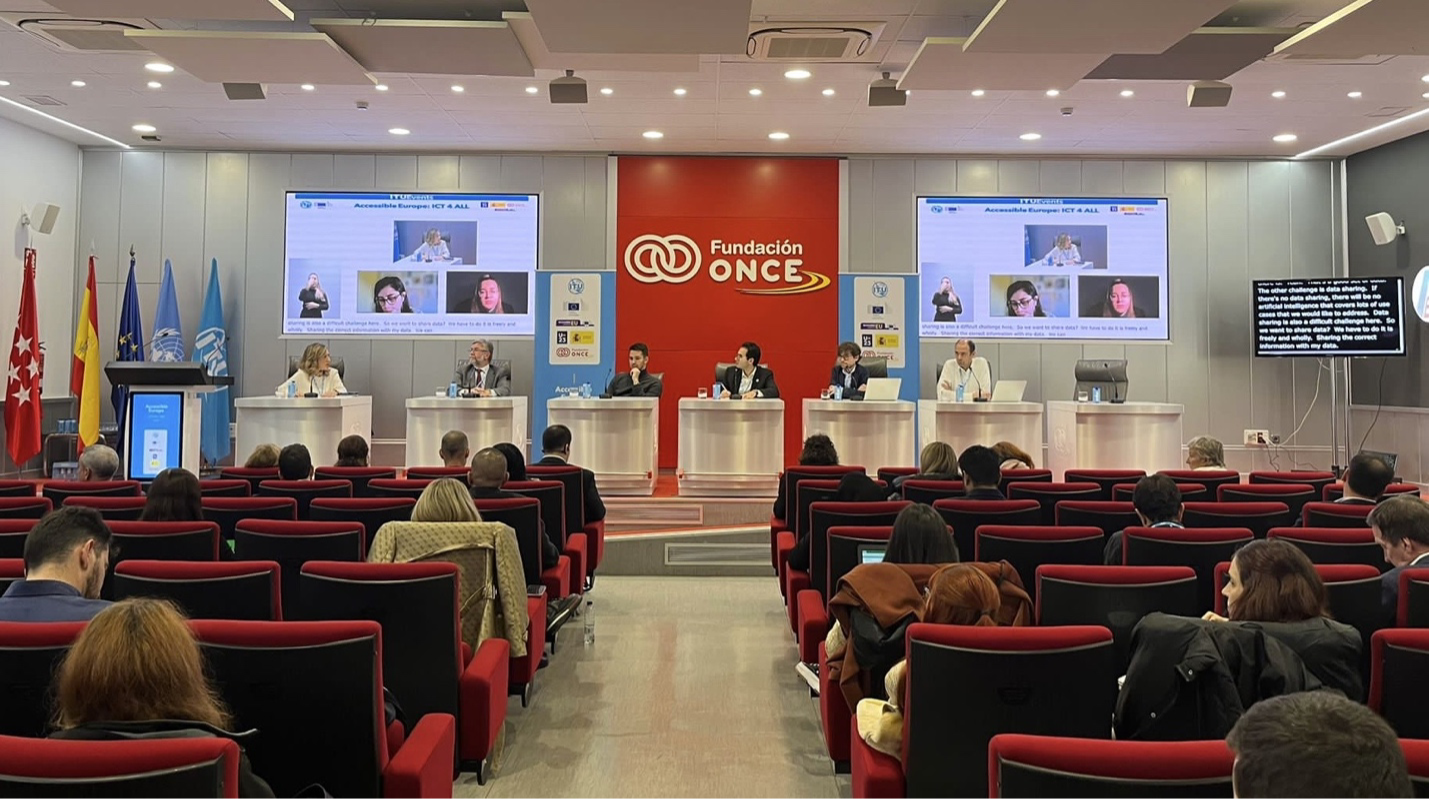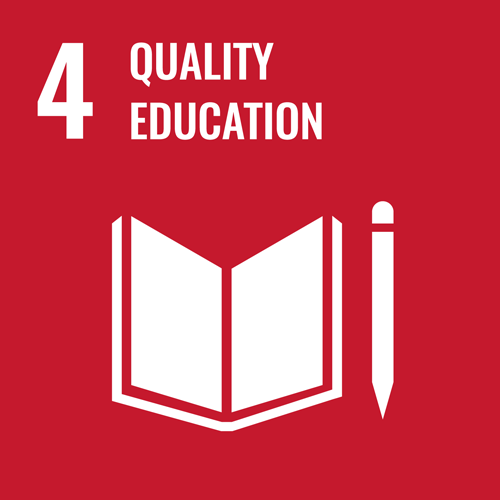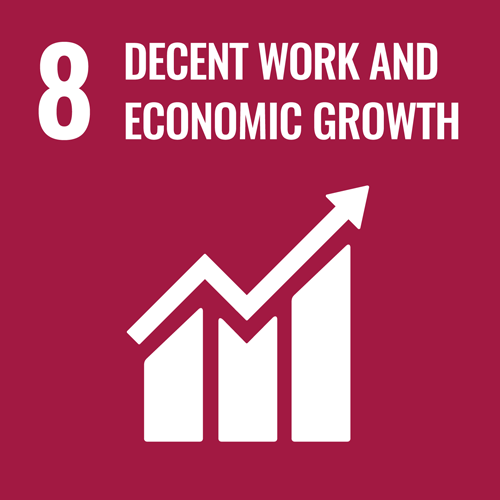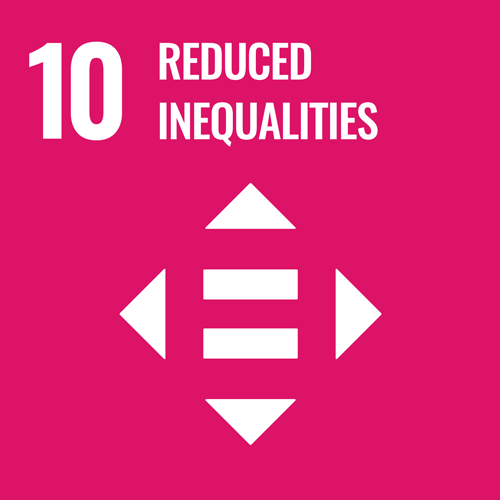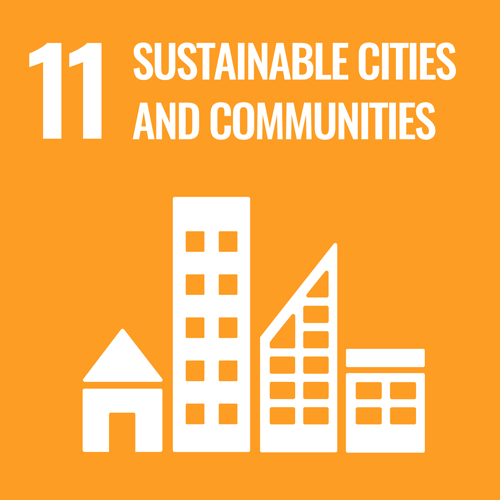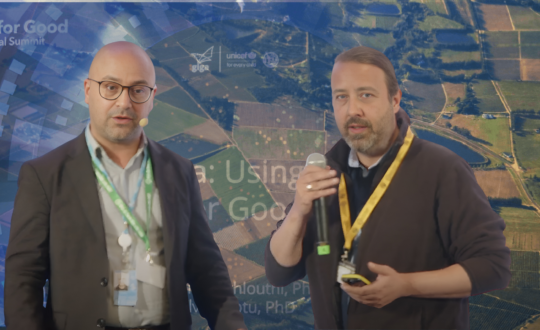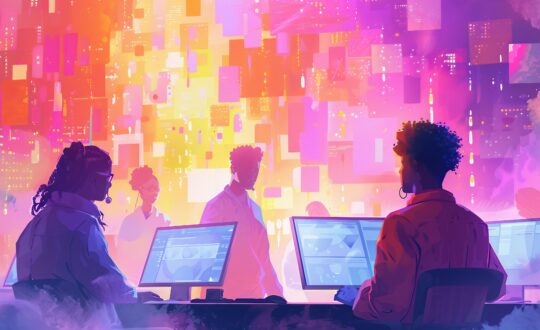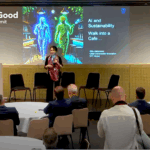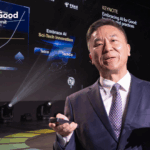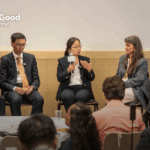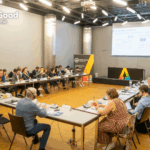The Regional Forum for Europe, “Accessible Europe: ICT 4 ALL,” held last week in Madrid, Spain, brought together diverse voices and perspectives, shedding light on the intersection of artificial intelligence (AI) and digital accessibility. The event, organized by the International Telecommunication Union (ITU) and the European Commission (EC), provided a platform for experts to explore AI’s potential in enhancing the lives of individuals with disabilities.
Guillem Martínez Roura, AI and Robotics Programme Officer at the ITU, moderated the session on “AI and Emerging Technologies for Digital Accessibility”, a panel discussion with leading experts from Fundación ONCE, European Disability Forum, SignAvatar, Fundación Descúbreme, University of Lisbon, International Federation of Hard Hearing Young People, and Polytechnic University of Madrid.
“As we navigate the ever-evolving digital landscape, it is crucial to recognize that inclusivity is not a mere option but an essential element for a truly equitable digital society. This is where AI emerges as a powerful tool, holding immense promise for bridging the accessibility gap and empowering individuals with disabilities to fully participate in the digital world,” said Guillem Martínez Roura, AI and Robotics Programme Officer at the ITU.
Bridging the accessibility gap and empowering individuals with disabilities
In the pursuit of bridging the accessibility gap, Almudena Alcaide and her research team at Fundación ONCE have pioneered groundbreaking initiatives. Their projects, notably “Access Meet” and “Access Robots,” stand as beacons of innovation in empowering individuals with disabilities. “Access Meet”, a revolutionary video conferencing tool, seamlessly integrates algorithms for speech-to-text, vision computing, and audio descriptions, ensuring inclusivity in conferences and training sessions. Simultaneously, “Access Robots,” a fleet of intelligent robotic assistants, redefines autonomy by aiding navigation in large environments for individuals with disabilities. These innovative endeavors underscore the transformative power of ethical AI in fostering inclusivity and empowerment for all.
Exploring the promise and pitfalls: AI’s impact on accessibility for individuals with disabilities
Delving into the realm of AI’s influence on accessibility for individuals with disabilities, Daniel Casas, from the European Disability Forum, articulated the profound potential technology holds in empowering this community.
Acknowledging international conventions that recognize technology access as a fundamental human right, it was also highlighted that AI has an enabling power. However, amidst these promises lie crucial challenges. AI alone cannot solve the entirety of accessibility challenges; it’s merely a part of the larger puzzle. Societal attitudes and mindsets toward accessibility need transformation, transcending mere technological solutions. Furthermore, while AI focuses on enhancing efficiency, often the primary goal is cost reduction, potentially leading to underfunding and insufficient expertise in tailoring AI solutions for individuals with disabilities.
“There needs to be a change in mindset on really understanding accessibility as a process that needs to exist at all the time to really reflect on how you’re designing a product or a service,” added Daniel Casas, an Accessibility Policy Officer at the European Disability Forum.
Incorporating disability advocacy: A blueprint for inclusive AI technologies and policy
In order to establish truly inclusive technological solutions, there’s a pressing need to design with accessibility as a core tenet from the very inception. Collaboration with individuals and advocacy groups representing persons with disabilities is pivotal. Their perspectives not only ensure representation but also shape comprehensive testing methodologies. It’s crucial to set standards and regulations guiding the market toward inclusive designs, aligning with existing accessibility standards like WCAG.
Furthermore, active engagement in policy forums by disability advocacy groups becomes imperative to influence policy directions favoring inclusivity. Robust testing, feedback mechanisms, education, and continuous monitoring are the keystones for fostering inclusive technology environments that genuinely support and benefit individuals with disabilities.
“If we go a bit further from policy and legislation, we also need to ensure that testing is robust and includes the people that we are trying to include,” noted María Ignacia Rodriguez Espinoza, a Head of Public and International Affairs, Fundación Descúbreme and a Partner at Zero Project.
AI’s role in human augmentation and risk mitigation
AI holds substantial promise in augmenting human capabilities rather than solely replacing them. This shift toward enhancement, rather than substitution, spans various sectors, including healthcare, where AI aids in medical diagnostics, and in accessibility, particularly for those with hearing loss. Speech-to-text technologies, such as AI-driven transcription services, now integrated into platforms like Zoom and Google Meet, offer real-time captions, enhancing communication in environments where human captioning may not be feasible, thus promoting inclusivity in various settings. Moreover, AI’s adaptability allows for personalized experiences, catering to individual preferences, as seen in educational platforms offering adaptive learning features tailored to diverse learning styles, including those of students with disabilities.
A complexity that the problem arise around making these things accessible is to make them for everybody that has different experiences,” added Paulina Lewandowska, Secretary at the International Federation of Hard Hearing Young People.
Additionally, AI-driven assistive listening devices, like hearing aids and implants, can be customized to amplify specific sounds or voices while minimizing background noise, contributing to a more personalized and effective auditory experience for users with varying degrees of hearing loss. However, these advancements are not without their challenges, such as limitations in accuracy, especially in less common languages, and the need for further development in ensuring a seamless and inclusive experience for everyone across the spectrum of hearing loss.
Artificial intelligence has played a pivotal role in shaping inclusive solutions, particularly in areas like childhood development and accessibility. Its journey began in the mid-90s with the creation of information systems designed to monitor children’s progress by leveraging vast amounts of data. Over time, as AI became more accessible and cost-effective, it facilitated the customization of advice on accessible toys, enabling children with disabilities to play and learn. Smart toys equipped with AI technology were introduced to detect interaction patterns and assess accessibility barriers, aiding in early detection of potential neurodevelopmental disorders. This localized and cost-effective approach uses AI to personalize accessibility, monitoring interactions across various channels and adapting to individuals’ unique needs and rights to participate equally in an inclusive world.
“AI monitors our interactions privately, offering personalized accessibility for everyone. It tailors information gathered across various channels—catering to individual needs, desires, and rights for inclusive participation,” added Miguel Ángel Valero Duboy, a Professor at Polytechnic University of Madrid.
Mainstream AI applications may inadvertently erect new barriers, emphasizing the necessity for inclusive designs across all technology. There is always a need for a balanced approach, recognizing that digital solutions might not universally substitute the value of physical interaction for some individuals. These complexities demand a nuanced approach to maximize AI’s benefits while navigating potential pitfalls in the quest to improve accessibility for individuals with disabilities.
“We were always saying that AI will fix it. We were joking, right? AI won’t fix everything, and I guess it’s really important that we don’t make the same mistakes we did with the web and with mobile applications,” noted Carlos Duarte, an Associate Professor at the University of Lisbon.


